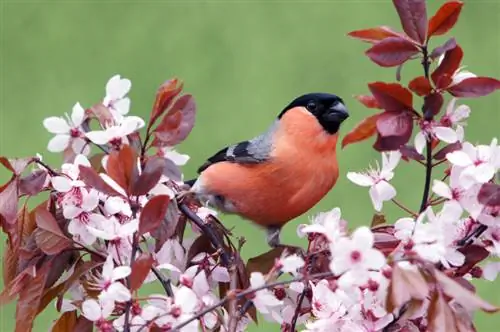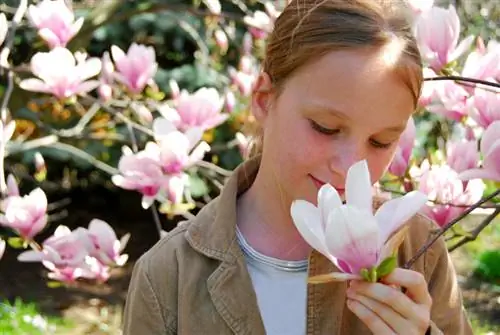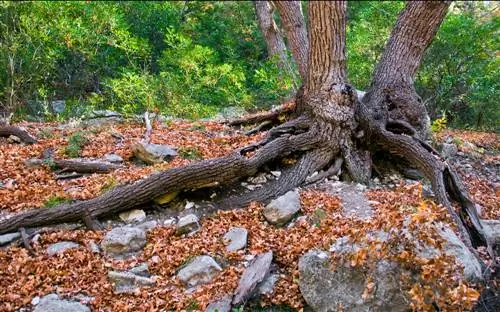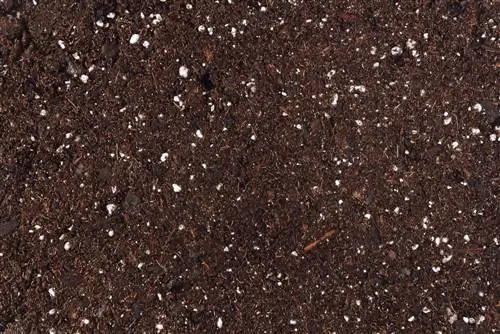- Author admin [email protected].
- Public 2023-12-16 16:46.
- Last modified 2025-01-23 11:20.
Like so many Mediterranean plants, thyme is a true hunger artist. Optimally adapted to the conditions of its homeland, the subshrub develops very deep and widely branched roots with which it extracts the required amounts of nutrients and moisture from the soil. However, the plant is quickly overwhelmed by nutrient-rich or acidic soil.
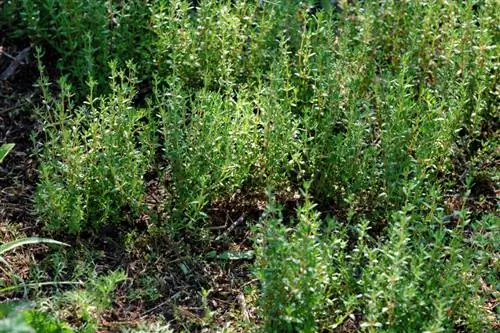
Which soil is suitable for thyme?
Thyme prefers lean, well-drained soil with a neutral to basic pH value between 7 and 8. A sandy or gravelly soil with sufficient drainage is ideal. A drainage layer made of small pebbles or expanded clay should also be used in the pot.
The optimal garden soil
In general, thyme thrives wherever other herbs fail due to lack of nutrients. The plant loves soil that is as lean and permeable as possible with a neutral to basic pH value between seven and eight. So you shouldn't necessarily plant your thyme plants in humus-rich soil, but rather mix it with a decent amount of sand or gravel. Like other Mediterranean plants, thyme is ideal for planting in an easy-care gravel bed - in such a bed you only have to do little work removing weeds.
Preparing garden soil for thyme
If you have soil in your garden that is not very suitable for thyme, you can prepare it accordingly before planting. You can proceed as follows:
- Stake the area where you want to plant thyme (and perhaps other Mediterranean herbs).
- Now lift out the soil with a spade, at least 20 centimeters deep.
- Keep in mind that thyme develops very deep taproots - the deeper the hole, the better.
- Now mix this soil with sand or gravel in a ratio of 1:1.
- Add expanded clay to the mixture if the original soil is too heavy and therefore not permeable to water.
- Fill the planting area with the substrate mixture and loosen it well with a rake.
If the pH value of your soil - you can easily check this with commercially available test strips (€14.00 on Amazon) - is not yet in the optimal range, add a little more lime.
The optimal substrate for potted thyme
Potted thyme also needs loose and sandy soil, and you also need to ensure good water drainage. Waterlogging should definitely be prevented, as this leads to root rot and thus the death of the plant. You can achieve good drainage by filling the pot with small pebbles or expanded clay as the bottom layer. In addition, the pot - preferably made of clay or ceramic - should have a drainage hole in the bottom and stand on a saucer. Transplant the thyme into fresh substrate once a year.
Tips & Tricks
Fertilize your thyme with lime once a year. However, if possible, do not use fertilizer that contains a lot of nitrogen, as this will cause the plant to rot - nitrogen in particular stimulates growth.


